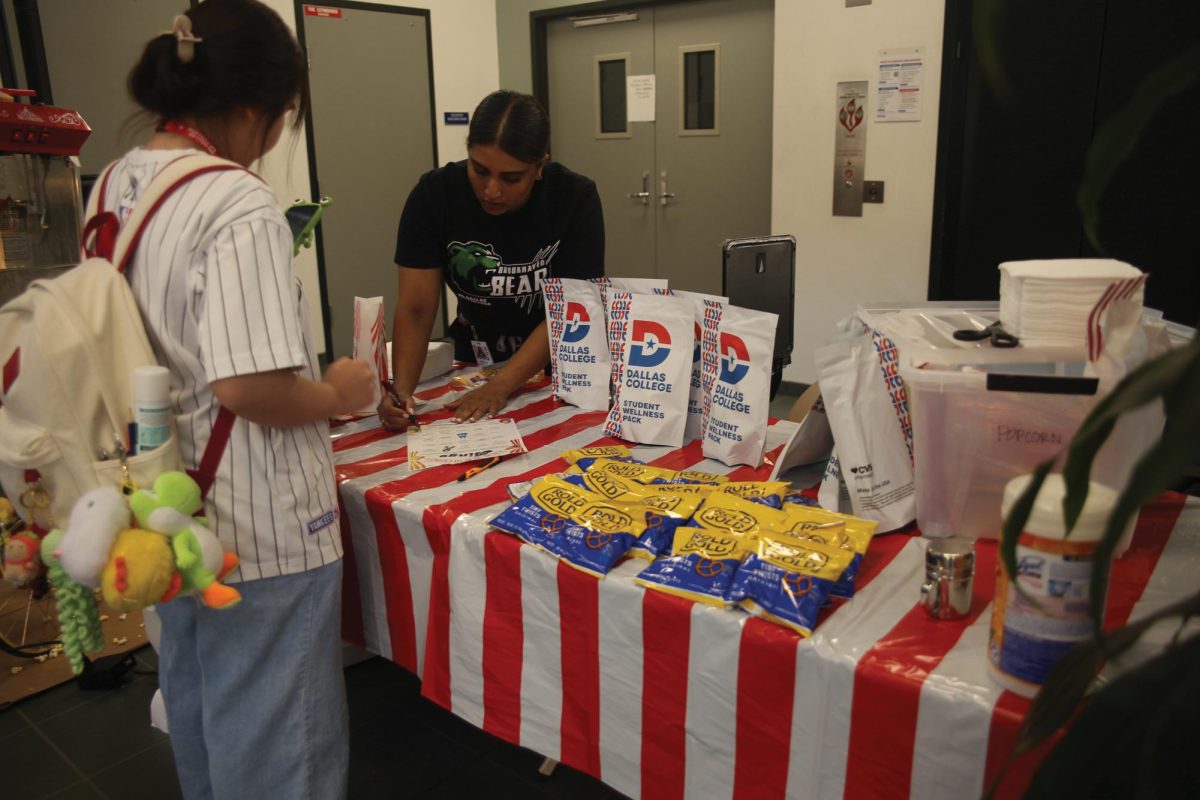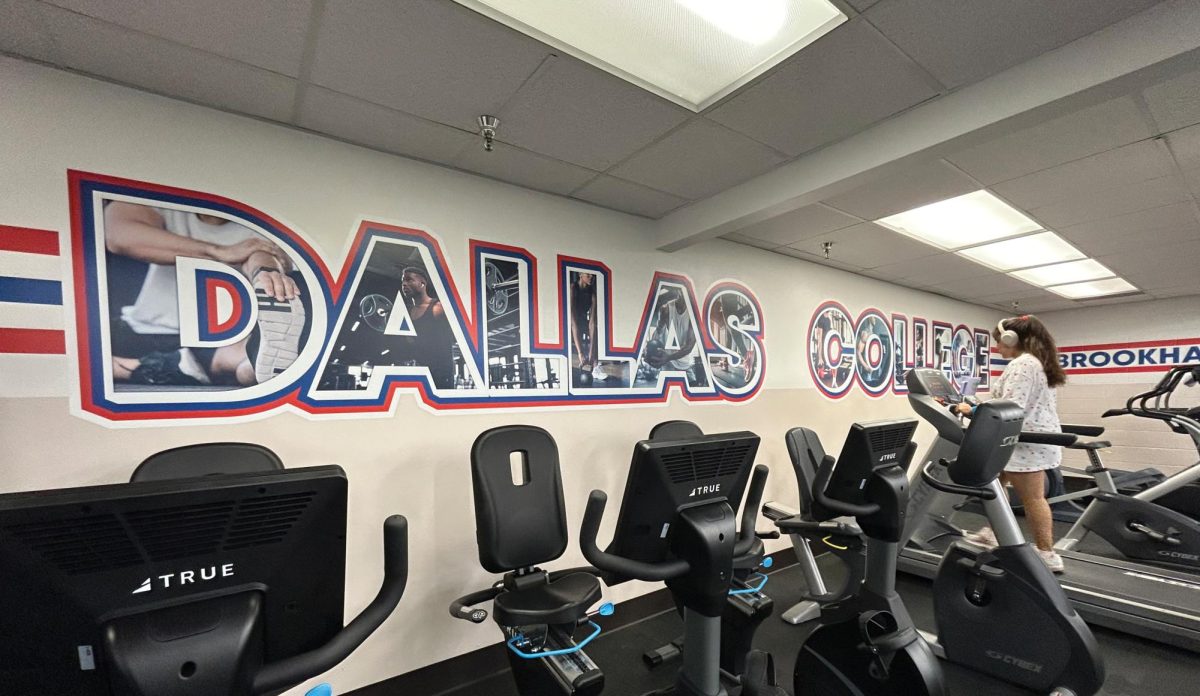Newspapers have been printed and published for centuries, giving the public a quick and understandable access to daily information. The image of a man holding a large black and white layer of paper has been engraved in the mind of all. Even in a digital era, newspapers and magazines continue to be used throughout the online web. However, one effect that comes from this turn is the decrease of the original physical iteration. Physical newspapers and magazines have been fading from common areas all over America, with the only places still consistently giving these works away being public libraries. However, the Dallas College library made a sudden change involving this topic.
If a student, staff or faculty member were to enter the Brookhaven campus library at this moment, they would see a stand that used to present the latest physical newspapers and magazines from places such as the New York Times, Sports Illustrated, People and many more. However, this stand has, for quite a while, been nearly empty with the only thing there being the thin glass that once protected them. It would seem that Dallas College, at least the Brookhaven campus, has cut the release of physical newspapers and magazines to its students’ eyes. Some of the previous selections of physical newspapers are still in the back of the library and can be seen with the staff’s permission first. However, any new releases have been completely halted.
Mike Anguiano, a member of the Learning Commons, was able to give a detailed explanation for the cut of physical newspapers and magazines. To put it simply, the two main reasons for the cut had to do with budget and technology. It shouldn’t be a shock to anyone that the demand for physical newspapers by the public has been diminishing. The biggest factor for this cut is undoubtedly the usage of modern technology. Anguiano said, “Unlike physical copies, digital newspapers can be accessed by multiple users simultaneously. This eliminates issues of availability and ensures that everyone can read the news when they need it.” With phones giving people lightning-fast results for any information, it’s quite difficult for any physical newspaper to swing someone from such a convenient method. Anguiano clarified, however, that all libraries still hold the digital version for the previous to most current newspapers and magazines on their computers, but the halting of physical versions is settled.
When Brookhaven professors Bob Smith of business management and Scott Rasnic of English were asked for their response to the campus’s library cutting the physical papers, they both said they were saddened but not surprised either. Rasnic said, “I understand the change for digital copies, but I also believe that the viewing of physical copies can’t be replicated through any other matter.”
The two maintain that physical information still holds value in modern times, but they can also see why it’s been fading from common ground. When asked about the future of physical newspapers and magazines, Smith said, “Newspapers will stay about the same, but magazines will, for the most part, disappear… because they are more expensive to produce.”
A couple of students on the campus also gave their quick reaction to the cut. Whether they go to the library every day or from time to time, they all said they weren’t too upset with this change, stating they were okay with it as long as they could still use the computers to research the newspapers and magazines.
From everything that’s been informed, the cut of physical newspapers and magazines is cemented and cannot be changed. Anguiano, along with other members of the Learning Commons, said that they see greater advantages with this decision than disadvantages. The public’s reception to this varies from each individual, but it seems the only concern is coming from older generations. Newer generations aren’t too upset over this change, sticking with the quick convenience of digital. The fading of physical information continues to grow with each passing year.







